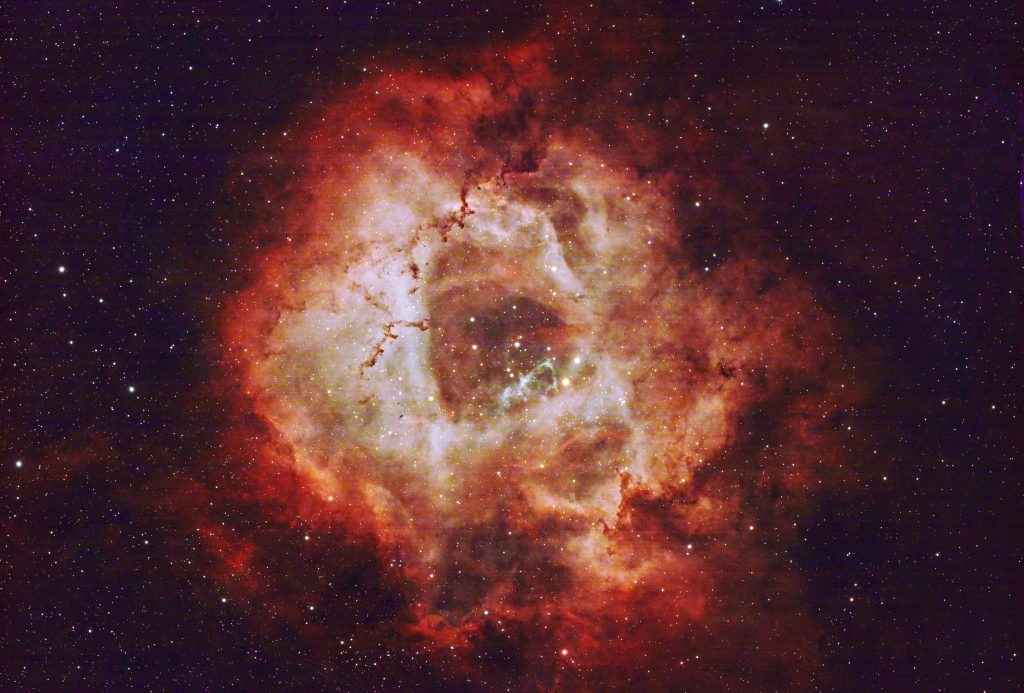In this video tutorial I will take data shot over multiple nights, with different exposure lengths, and utilize the weighted batch preprocessing script in Pixinsight to register the images. This tool will automatically separate out the different exposure lengths, match this with the right dark files for calibrating, and output all images to folders separated by exposure lengths.
This tool is a great way to get your images registered, although a little longer than using deep sky stacker, I find it gives me in the end better results (see video comparing the processes here).
After running the Weighted Batch Preprocessing Script, I use another process tool that will score the images and give a graph of how these individual frames score for various things like number of stars etc. From here you can select on the graph those images you wish to eliminate from the final stack, as well as giving those you will use a weighted value.
Finally these frames are all integrated into a single image using the image integration tool, which is our final stacked, linear image.
I was going to stop the tutorial there, but I figured I had got this far, might as well finish off the process. So I go on to then show how I go about stretching and editing this linear image to create the final output. The whole process took me around 1 hour, 30 minutes of which was waiting for the weighted batch preprocessing script to do its thing. The whole process is in Pixinsight, and I used a couple of paid plugins from RC Astro in the final edit that makes things easier. You can utilize Pixinisights stock tools to achieve some of this but it’s way easier and faster using the RC Astro plugins.
Here’s the final outputted image of the Rosette Nebula

Discover more from Nicks Astrophotography
Subscribe to get the latest posts sent to your email.

